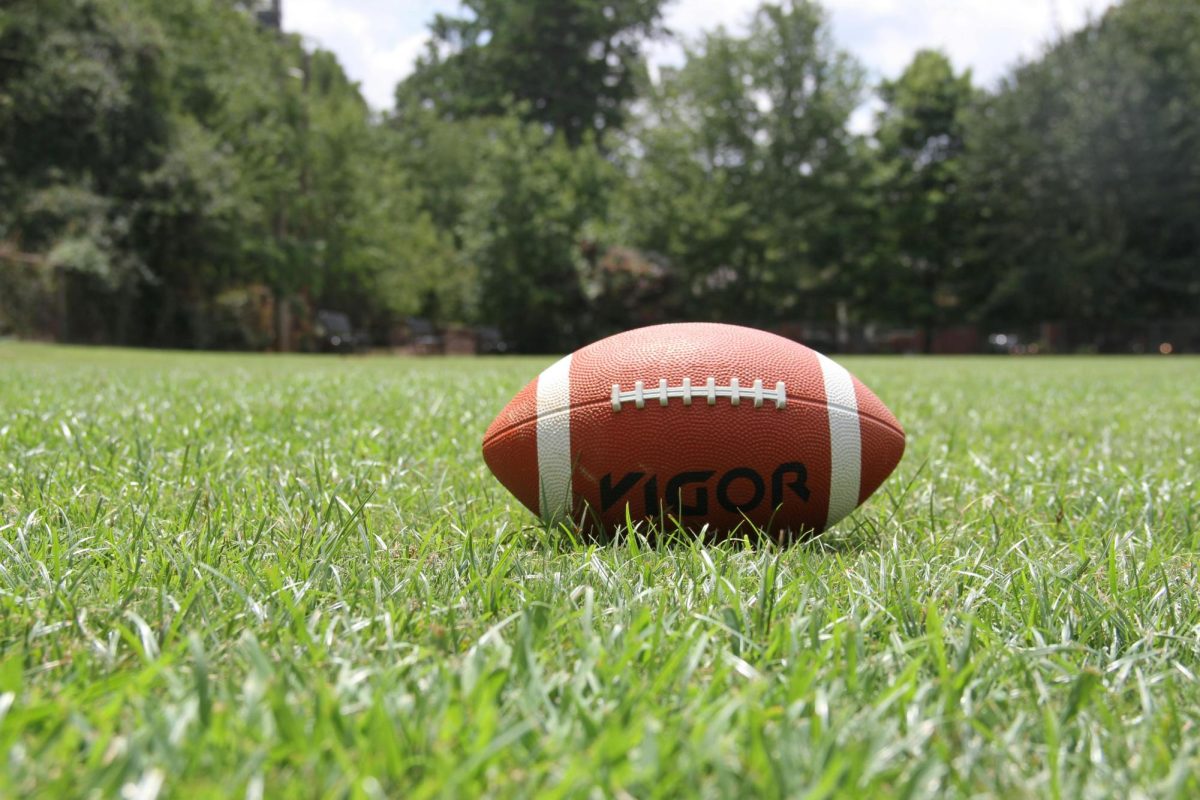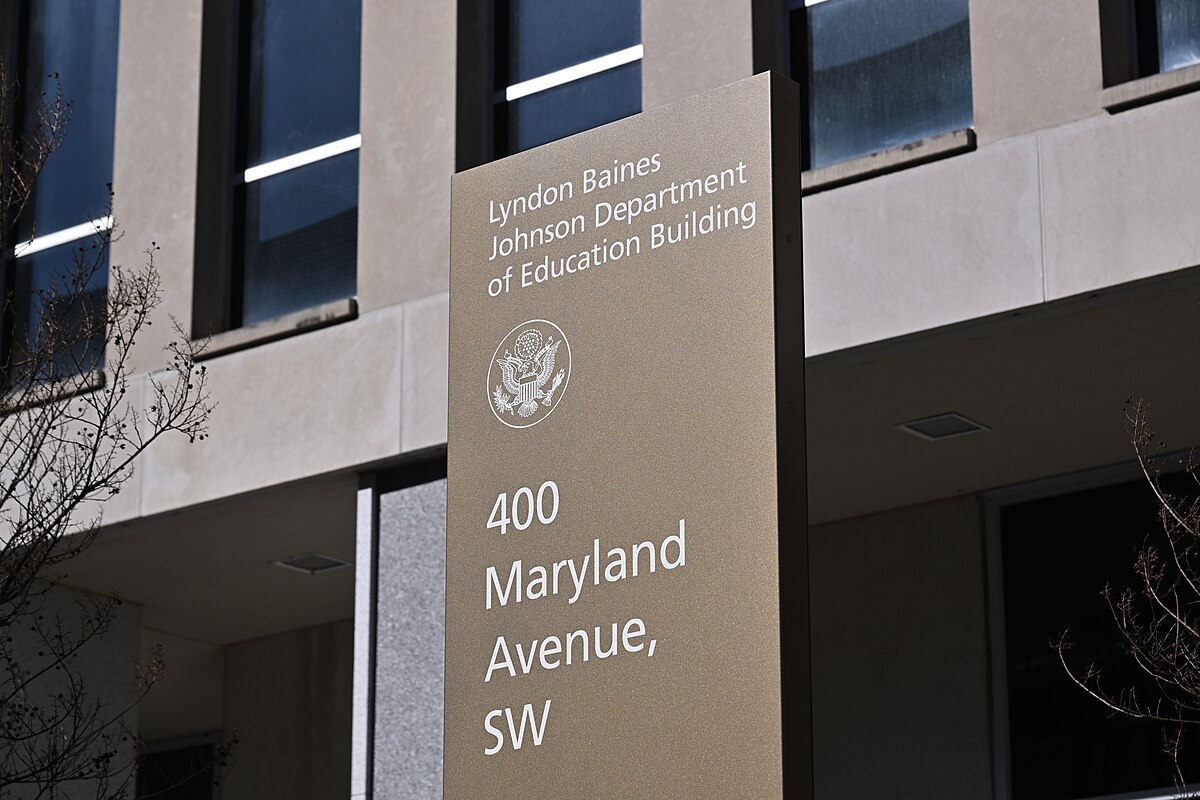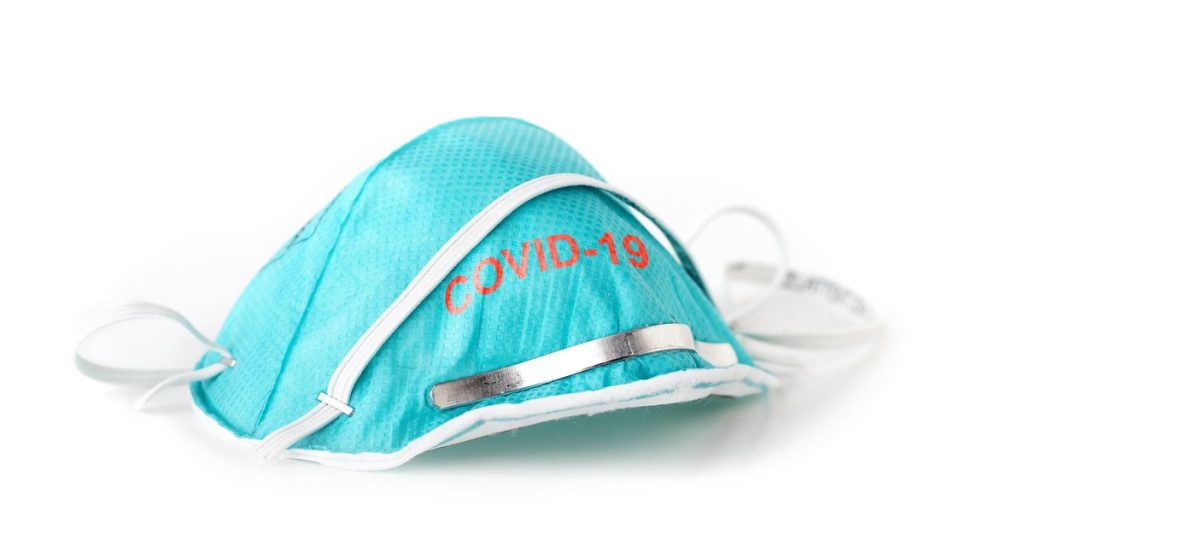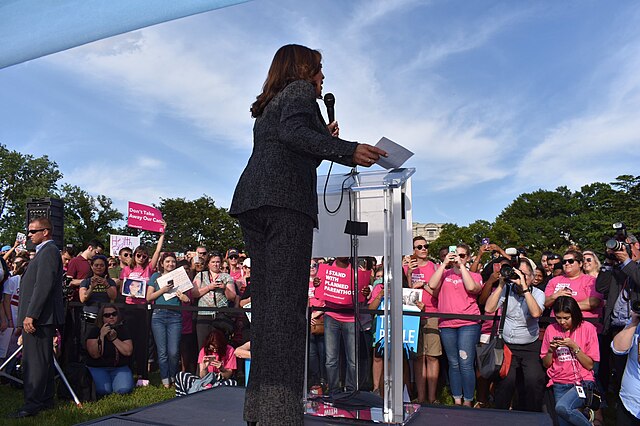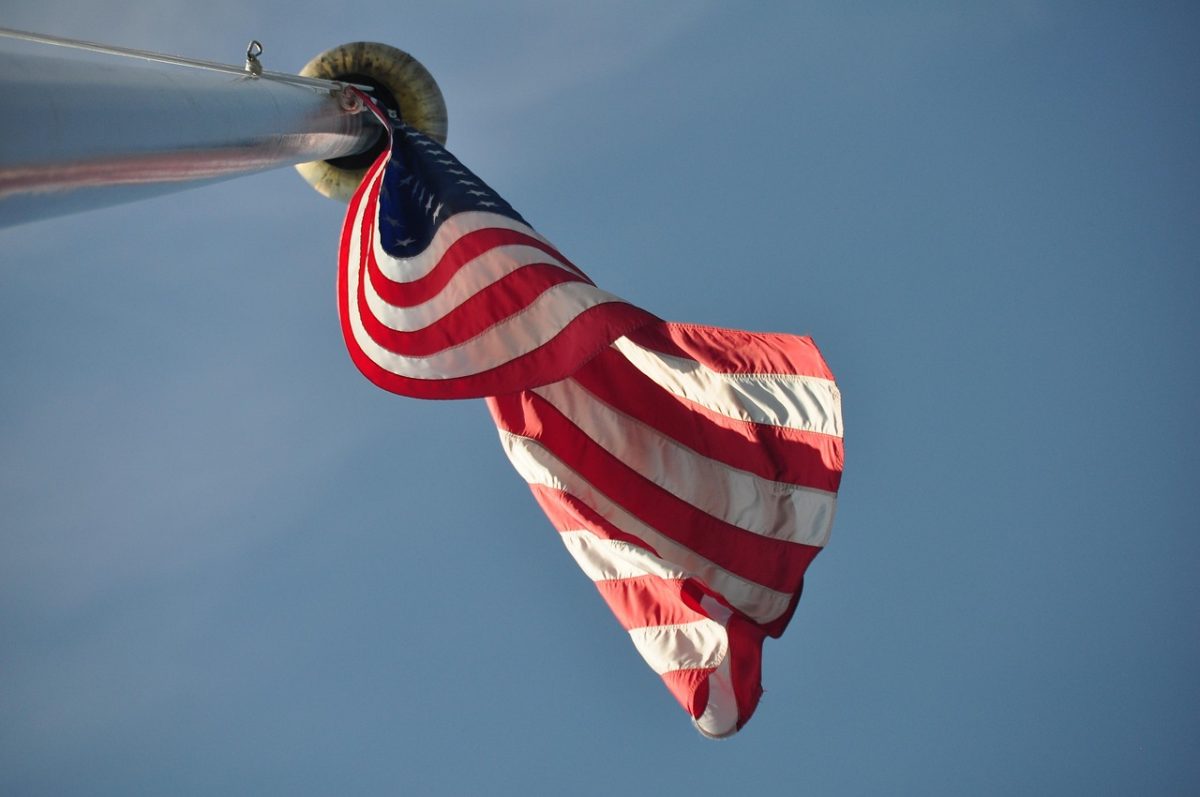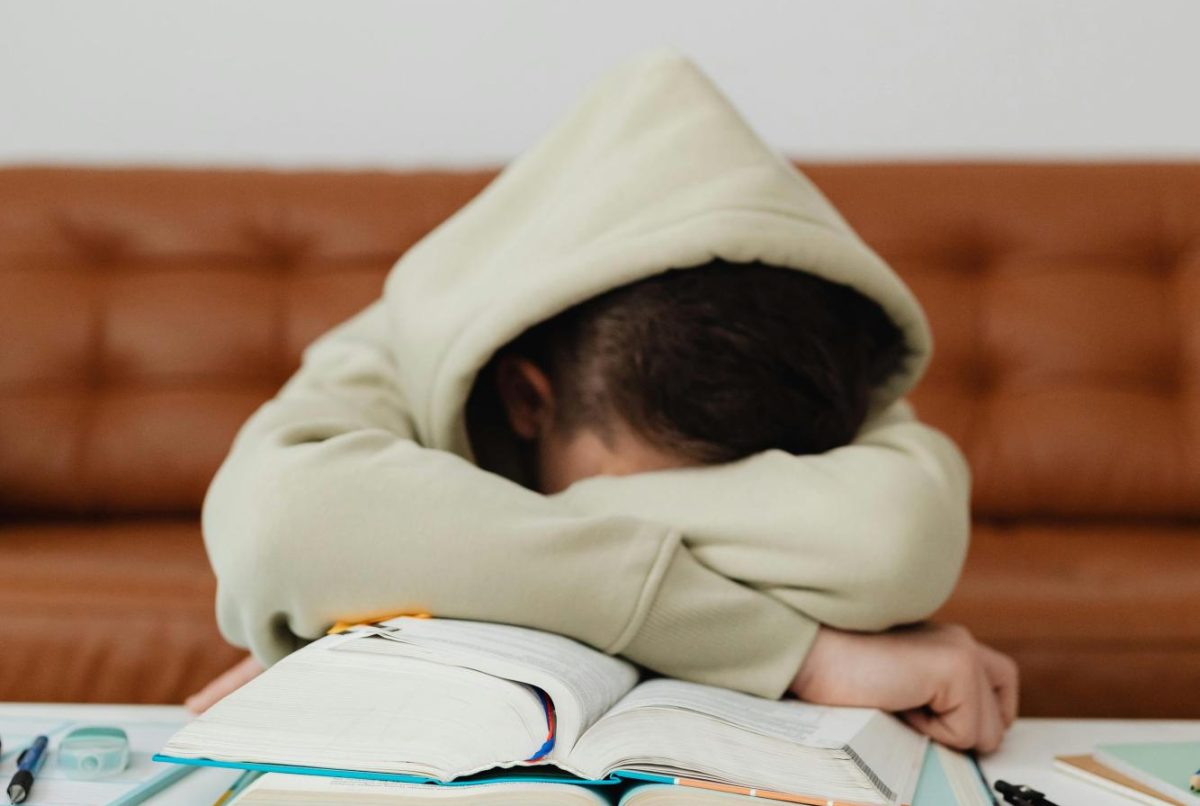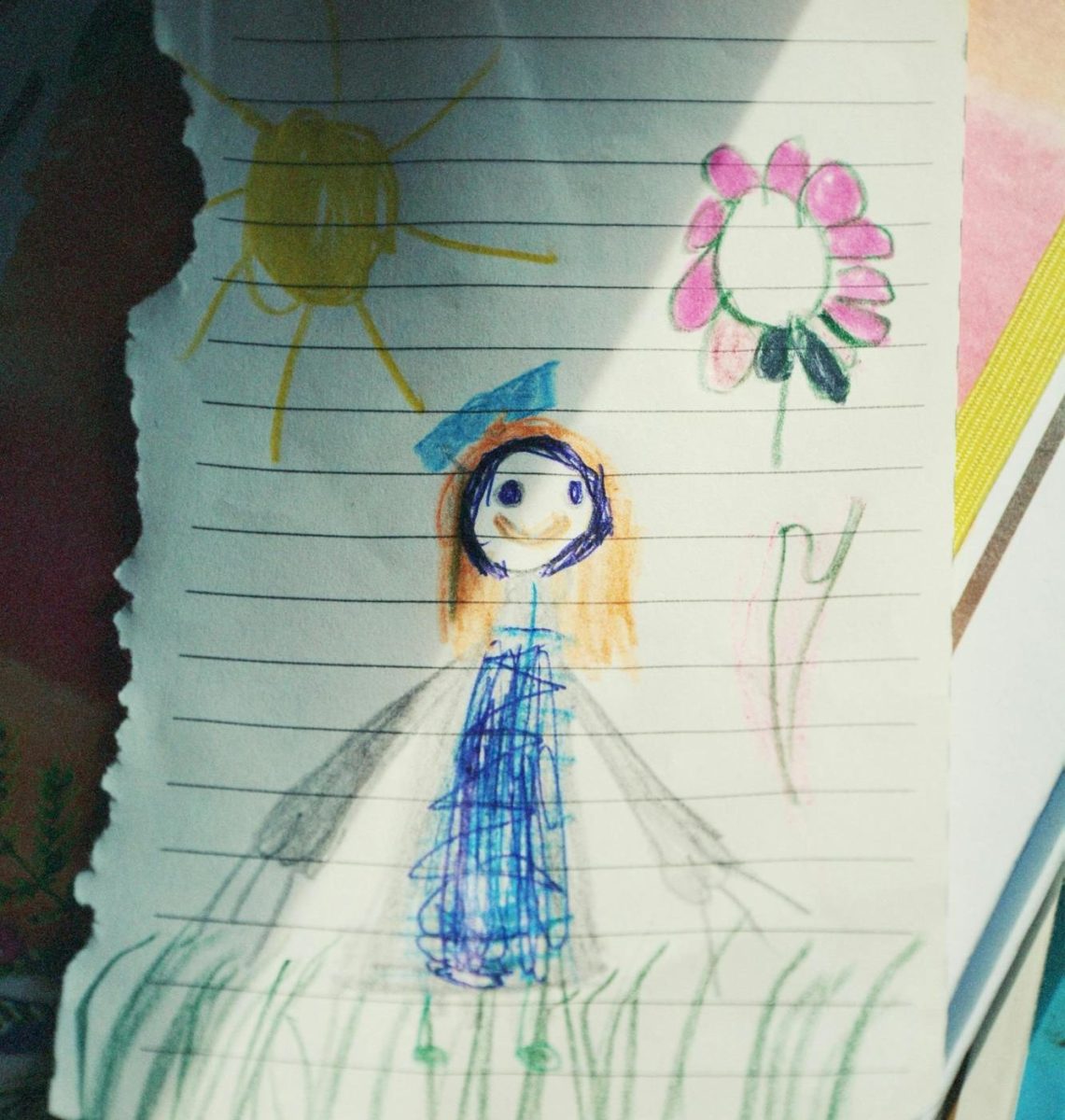Plastic Island The Size of Texas Threatens Marine Life and Human Health
March 26, 2019
Each year, between 4.8 and 12.7 million tons of plastic enter our oceans. If you enjoy swimming at the beach and appreciate marine life, you probably realize that plastic pollution threatens them both. I’m going to tell you what’s really happening in oceans, how it has affected marine life, and how it affects us in general, too.
Plastic in our oceans is here to stay, and it is one of the biggest threats to our earth. Do you know how dangerous plastics are? And how the statistics are rising? Over the past 50 years, global production and consumption of plastic has continued to rise. An estimated 299 million tons of plastic was produced in 2013, representing a 4% increase in production since 2012. Plastic pollution is affecting the environment, and especially the oceans, in a negative way.
Entire patches of the Pacific Ocean are covered in plastic. There is an area that has come to be known as the “Great Pacific Garbage Patch.” The patch is the size of Texas: 1.6 million square km. Imagine an area three times the size of France. There are 1.8 trillion pieces of plastic in this great patch. It is located between the Hawaiian Islands and California in the Pacific Ocean. This “ocean landfill” will have a negative impact on our marine life, because if marine life ingests the trash and microscopic plastic particles in the ocean they could die. This Great Pacific Patch is just the start; there are two other great trash patches in the ocean in other parts of this world.
Now, these garbage patches don’t just fall from the sky, they come from people all around the world in different countries.
The top 5 contributing countries towards this plastic problem are:
1. China
2. Indonesia
3. UK
4. Philippines
5. Thailand
In the USA, we are producing nearly 300 million tons of plastic each year, 8 million of which is dumped straight into the ocean. That means the USA produces roughly one ton of plastic per citizen each year!
Plastic can also affect humanity’s health in a negative way. Plastic in the ocean is breaking down into smaller pieces (microplastics). From there, marine life mistake these microplastics for food and ingests the plastic. Since these fish are ingesting the microplastics, people who eat fish are technically ingesting plastic too. If we eat fish that have digested these microplastics, then they will have passed it onto us.
Even when we burn plastic it negatively affects our health. When you burn plastic it produces toxins. According to the MIT of Engineering, “it releases dangerous chemicals such as hydrochloric acid, sulfur dioxide, dioxins, furans and heavy metals, as well as particulates.” When we breathe these toxins in, “If dioxin is inhaled, it can instantly cause coughing, shortness of breath and dizziness. Long-term exposure to dioxin can also cause cancer.” Plastics, when burned, emit a chemical called dioxin, which is not very good for human health.
Plastic pollution is caused by humans, so it must be stopped by humans. A science teacher at Fitch, Dr. Rafka, does what he can to try to stop the plastic pollution. He does this by reusing plastic containers, and never asking for straws. Straws are a major contributor to plastic pollution and how it harms oceans and marine life.
Some ways you can help with plastic pollution are to:
- Reduce your single-use plastics
- Recycle properly
- Spread the word
In conclusion, plastic pollution is a huge deal and an environmental crisis we face today. Plastic pollution is caused by people, and can be stopped by people. Plastics have a huge impact on us, marine life, and our oceans. Please try to help with this environmental crisis we face and maybe someday in the near future, plastic pollution as an environmental crisis will come to an end.






